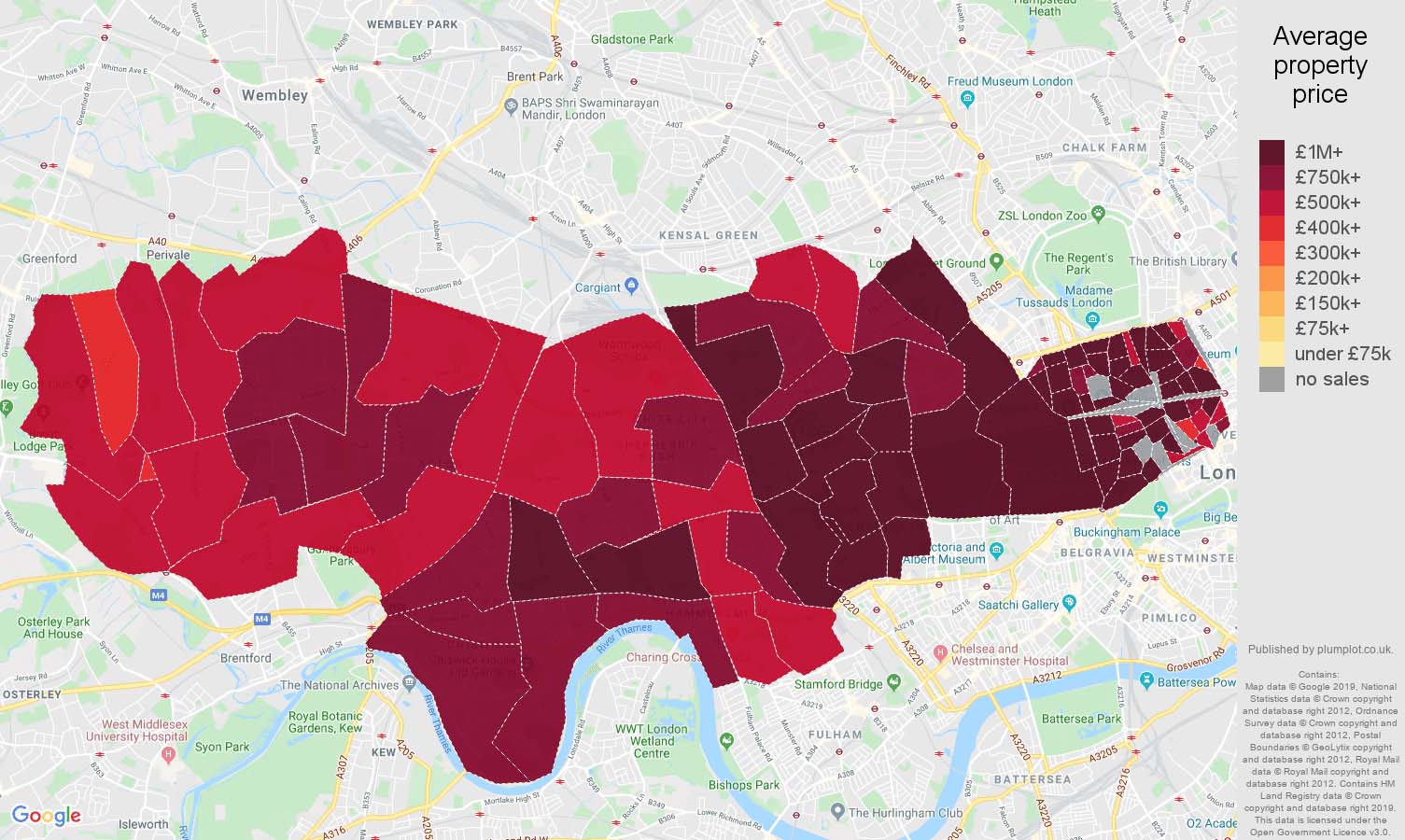Northampton property updates proposals to cut stamp duty
Northampton property updates proposals to cut stamp duty There is growing speculation that the government is planning to encourage pensioners to downsize by offering a stamp duty tax break. The move would be a welcome… Northampton property updates proposals to cut stamp duty



